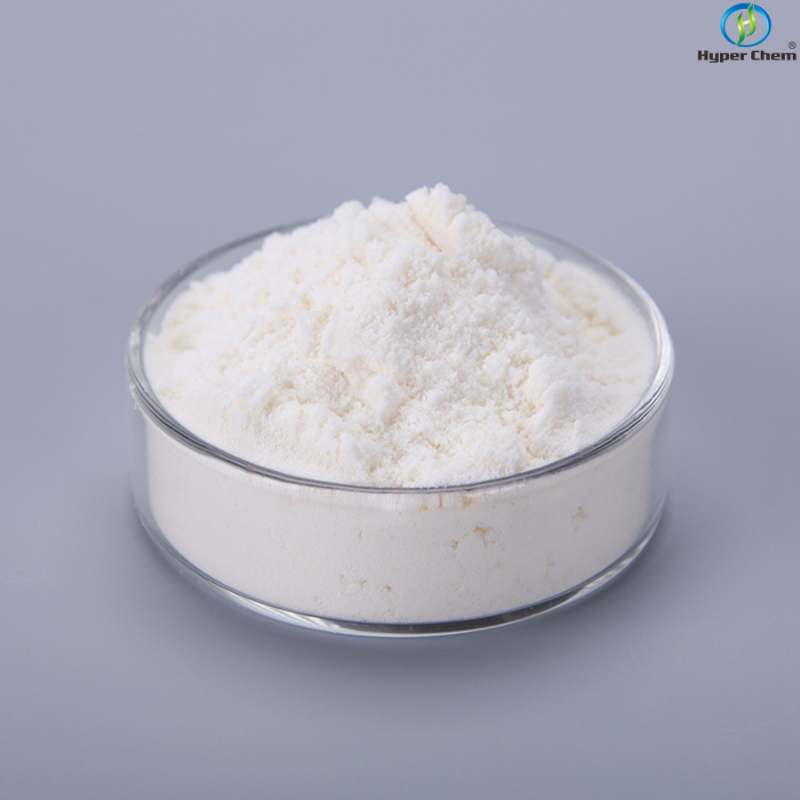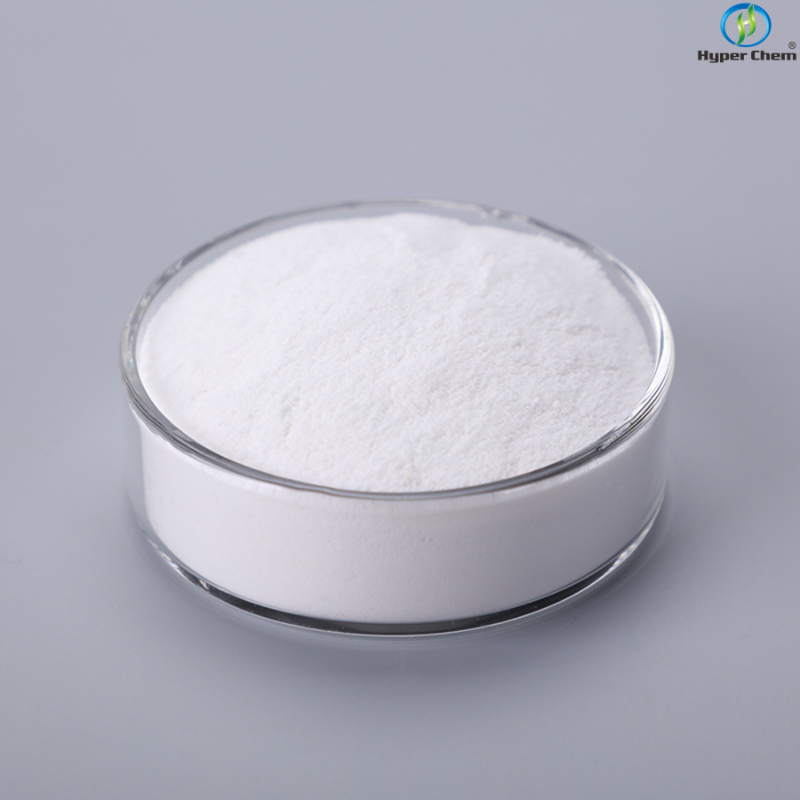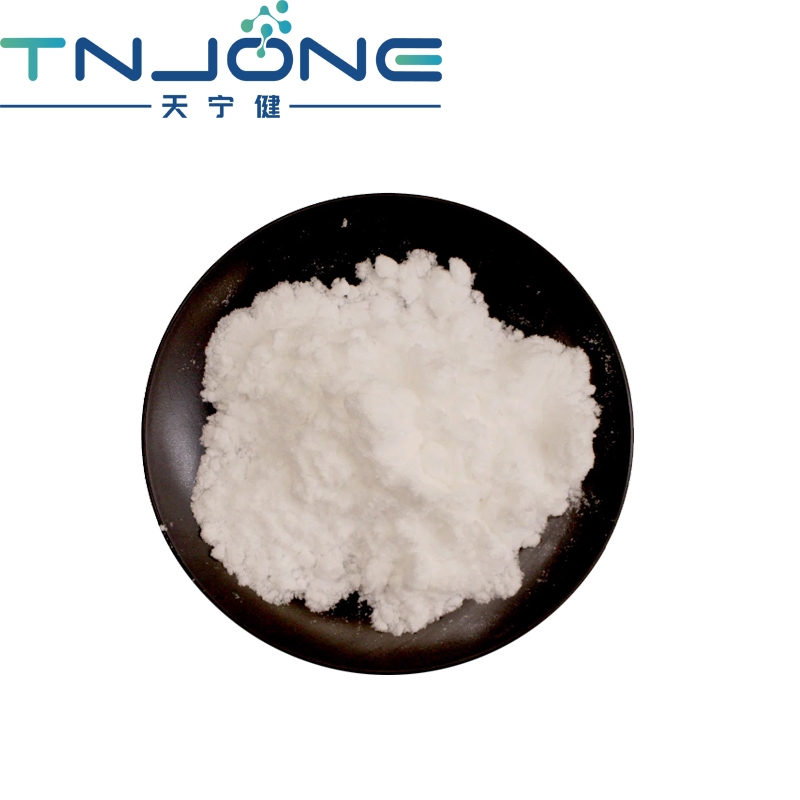-
Categories
-
Pharmaceutical Intermediates
-
Active Pharmaceutical Ingredients
-
Food Additives
- Industrial Coatings
- Agrochemicals
- Dyes and Pigments
- Surfactant
- Flavors and Fragrances
- Chemical Reagents
- Catalyst and Auxiliary
- Natural Products
- Inorganic Chemistry
-
Organic Chemistry
-
Biochemical Engineering
- Analytical Chemistry
-
Cosmetic Ingredient
- Water Treatment Chemical
-
Pharmaceutical Intermediates
Promotion
ECHEMI Mall
Wholesale
Weekly Price
Exhibition
News
-
Trade Service
Changes in platelet count and function after immune .
Platelet function can be measured by plasma markers, including platelet activity [eg, soluble P-selectin (sP-selectin) and soluble CD40 ligand (sCD40L)] and markers of platelet turnover [eg, glycocalcin (GC)] .
Patients were classified into non-responders (NR, including new diagnoses), partial responses (PR), and complete responses (CR) .
It is unclear whether changes in markers of platelet activity and turnover can predict changes in platelet counts in ITP .
Here, a research team provides data on the evolutionary profiles of plasma sp-selectin, sCD40L, and GC at different stages of ITP treatment .
.
Platelet function can be measured by plasma markers, including platelet activity [eg, soluble P-selectin (sP-selectin) and soluble CD40 ligand (sCD40L)] and markers of platelet turnover [eg, glycocalcin (GC)]
Figure 1: Comparison of platelet count, platelet activity and markers of turnover in ITP, MDS/AML patients and healthy donors
.
Comparable platelet counts (a).
Significant differences between ITP and MDS/AML (b).
No significant differences in plasma sCD40L (c), MPV (d), GC (e) or GC index (f) levelsFigure 1: Comparison of platelet count, platelet activity and markers of turnover in ITP, MDS/AML patients and healthy donors
Figure 2: Comparison of platelet count, platelet activity, and turnover markers in ITP at newly diagnosed versus refractory disease
.
Refractory disease (a).
Platelet counts decreased in patients with plasma sp-selectin levels (b).
Figure 2: Comparison of platelet count, platelet activity, and turnover markers in ITP at newly diagnosed versus refractory disease
The study collected 116 samples from 79 patients (29 CR, 32 PR, 55 NR)
Figure 3: Platelet count, platelet activity, and turnover markers in ITP patients with newly diagnosed and refractory disease versus treatment-responsive versus healthy donors
.
Platelet counts (a).
Figure 3: Platelet count, platelet activity, and turnover markers in ITP patients with newly diagnosed and refractory disease versus treatment-responsive versus healthy donors
Figure 4: Platelet activity markers, sp-selectin and sCD40L corrected by platelet count
.
The ratio of (a) and (b) with response to treatment (CR+PR) was significantly different between newly diagnosed (NR) and sCD40L/platelet count ratio (PR)Figure 4: Platelet activity markers, sp-selectin and sCD40L corrected by platelet count
Although there was no difference in MPV (P= 0.
Figure 5: Comparison of platelet count, platelet activity and turnover markers in samples from NR, PR, CR patients
.
Platelet counts differed between NR, PR, and CR (a).
Figure 5: Comparison of platelet count, platelet activity and turnover markers in samples from NR, PR, CR patients
.
Platelet counts differed between NR, PR, and CR (a).
Plasma sp-selectin and sCD40L levels differed in NR, PR, and CR groups, and mainly in CR groups (b and c)
.
MPV and GC levels were not significantly different between NR, PR and CR (d and e)
.
GC index was significantly different between NR, PR and CR, and also between NR and PR and between PR and CR (f)
Figure 6: Platelet viability markers, sp-selectin and sCD40L corrected by platelet count, and comparing NR, PR and CR
.
The sp-selectin/platelet count ratio was significantly different between NR, PR and CR; there was also a significant difference between NR, PR and PR, CR(a).
The sCD40L/platelet count ratio was significant between NR and PR, but No significant difference between PR and CR(b)
.
The sp-selectin/platelet count ratio was significantly different between NR, PR and CR; there was also a significant difference between NR, PR and PR, CR(a).
The sCD40L/platelet count ratio was significant between NR and PR, but No significant difference between PR and CR(b)
Figure 7: Samples paired NR with PR and PR with CR to compare changes in GC and GC index at different stages of disease
.
Compared with NR(a), GC during PR was significantly lower.
Compared with PR(b), GC index was significantly lower than PR(b)
.
Compared with NR(a), GC during PR was significantly lower.
Compared with PR(b), GC index was significantly lower than PR(b)
Another paired sample analysis showed no difference in sP-selectin, sCD40L, MPV or GC between PR and CR, but a significant difference in GC index ( P = 0.
029)
.
GC ( P =0.
020) and sCD40L ( P =0.
001) in patients with refractory and newly diagnosed disease , although platelet counts were similarly low .
029)
.
GC ( P =0.
020) and sCD40L ( P =0.
001) in patients with refractory and newly diagnosed disease , although platelet counts were similarly low .
In conclusion, markers of platelet activity (sP-selectin and sCD40L) and GC index varied in parallel with treatment response
.
Plasma levels of GC and sCD40L may be predictors of treatment response
.
Plasma levels of GC and sCD40L may be predictors of treatment response
Original source:
Original source:Ou, C.
, Chang, H.
, Hung, YS.
et al.
Changing profile of platelet activity and turnover indices during treatment response of immune thrombocytopenia.
Clin Exp Med (2022).
https://doi.
org/10.
1007/s10238 -022-00790-8
, Chang, H.
, Hung, YS.
et al.
Changing profile of platelet activity and turnover indices during treatment response of immune thrombocytopenia.
Clin Exp Med (2022).
https://doi.
org/10.
1007/s10238 -022-00790-8 Ou, C.
, Chang, H.
, Hung, YS.
et al.
Changing profile of platelet activity and turnover indices during treatment response of immune thrombocytopenia.
Clin Exp Med (2022).
https://doi .
org/10.
1007/s10238-022-00790-8 et al.
Clin Exp Med leave a message here







